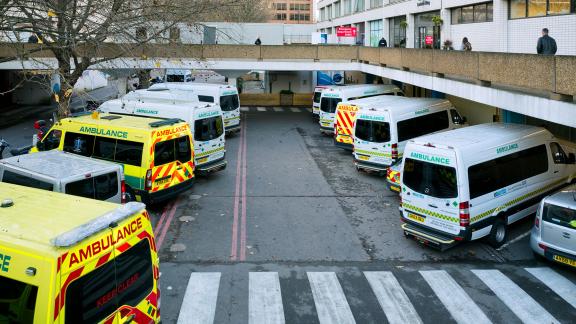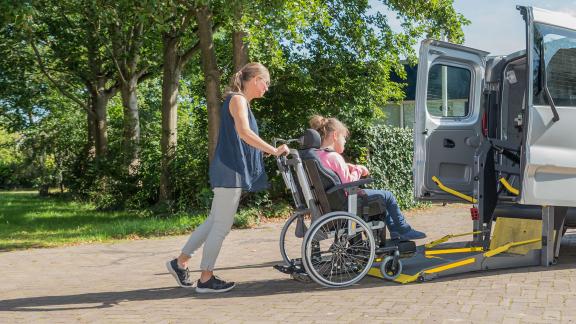T Level student secures a full-time position as an ambulance care assistant

Overview
FAST Ambulance Services LTD partnered with Midsomer Norton Sixth Form to offer a Healthcare Science T Level student a 315-hour industry placement. The student gained hands-on experience and transitioned into a full-time paid role as an ambulance care assistant.
Key benefits and outcomes
- Seamless transition from student to paid ambulance care assistant.
- Improved patient care and service efficiency.
- Enhanced student confidence and practical skills.
- Strengthened partnership between education and healthcare provider
What the organisation faced
FAST Ambulance Services LTD wanted to support another placement after its first student became an ambulance care assistant on completion of its T Level programme. It recognises the programme supports future healthcare professionals and enhances workforce development.
What the organisation did
FAST welcomed a Healthcare Science T Level student from Midsomer Norton Sixth Form into a structured 315-hours industry placement, treating them as a ‘third person’ in the ambulance crew. As the third person, the learner gains practical knowledge by observing and learning from experienced ambulance care assistants and emergency medical technicians.
Initially, the student observes and assists experienced staff to perform their duties gradually taking on responsibilities such as patient transfers and communication with control rooms. Once confident, they begin assisting with the transfer of patients who require support due to medical conditions.
Before starting their shift as a third person, students completed a comprehensive induction programme covering first aid, company code of conduct, ethics, basic life support and tours of high dependency units and patient transport ambulances. Each student received a list of accomplishments, which details the skills staff feel they have achieved during their shifts.
This is an example of a list of accomplishments:
1. The use and allocation of a wheelchair with/without patients.
2. The use of a stretcher under supervision of a medical crew with/without patients.
3. The monitoring of a ‘carry chair’ patient in different scenarios in properties and outside areas.
4. Communication with patients with various disabilities.
5. The use of communication between crews and control room and using personal digital assistant (PDA) devices to quickly access and update patient information, ensuring accurate and timely data management.
A director-approved risk assessment and pre-agreed roles and responsibilities with the college ensured safety, clarity and preparedness.
T Level students applied their knowledge of confidentiality and safeguarding. They managed patient information and data and understood their duty to report safeguarding concerns. The ambulance crews acted as role models for the students, demonstrating dedication and responsibility and supervising students during patient transfer handovers to ensure clarity and accuracy. They also gave students opportunities to practice their skills and step outside their comfort zones.
By observing and then assisting qualified practitioners, students learned good practice guidelines such as hand hygiene and the use of personal protective equipment. They learn and follow organisational policies and standard operating procedures, meaning they can contribute to maintaining a safe environment by properly disposing of, cleaning, tidying and storing equipment and materials.
Results and benefits
Students apply what they have learned in college and during industry placement and developed their skills in manual handling, communication and safeguarding. They can also observe for signs of deterioration and changes in symptoms. This added resource helps the service to run efficiently and improves patient care.
“During their placement, T Level students become team members. Their placement equips them with the essential skills and knowledge they need and their training means they are well-equipped to transition seamlessly into paid roles as an ambulance care assistant (once they are over 18) or progress onto further career development paths." - Chloe Bolton, Senior Operations Officer
After completing the T Level programme FAST gains a trained, enthusiastic employee already familiar with their ethos and procedures, that can transition into the workforce.
Overcoming obstacles
FAST addressed potential risks through thorough planning and risk assessments. Clear role definitions and structured inductions helped mitigate safety concerns. Staff commitment to mentoring and supervision ensured a supportive learning environment
Takeaway tips
- Structure placements to allow observation followed by active participation.
- Use the ‘third person’ model to provide immersive learning experiences.
- Conduct risk assessments and define roles in advance.
- Provide induction training to ensure students are prepared and safe.
- Recognise the long-term value of investing in student placements.
Contact details
For more information about this case study, contact: Chloe Bolton, Senior Operations Officer, FAST Ambulance Services LTD.



